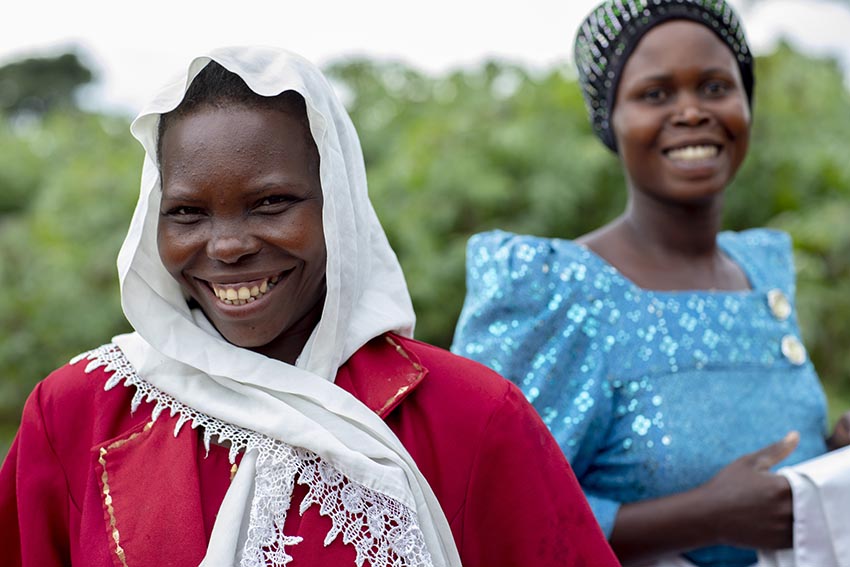
Photo Credit: Jessica Scranton/FHI 360
The focus of the global effort to end the HIV/AIDS epidemic, now 37 years on, is epidemic control, which the U.S. President’s Emergency Plan for AIDS Relief (PEPFAR) defines as limiting the annual number of new HIV infections in a country to less than the number of deaths among people living with HIV.
Sub-Saharan Africa, home to 26 million (70 percent) of the global total of 36.9 million people living with HIV, is where the battle must be won. To succeed and sustain the gains achieved in the past 15 years, countries in Africa will need to assume greater responsibility for managing their epidemics.
The tailored application of research-generated evidence to HIV treatment programs has been central to bringing the world closer to epidemic control. Click To TweetThe reduction of the annual number of new infections is the central challenge in epidemic control. Its scientific basis is treatment as prevention supplemented by other, enhanced, prevention approaches, including voluntary medical male circumcision, prevention of mother-to-child transmission, pre-exposure prophylaxis and targeted behavioral and structural interventions, especially for key populations. Taking this scientific evidence to scale is the next challenge, one that requires reorienting HIV program leadership, augmenting health workforce and embedding a culture of transparency and accountability in public health systems. How can we accelerate progress?
Three key actions for development organizations
- Translate research into practice. So far, development organizations have played a pivotal role in translating science into HIV programs that have saved millions of lives. In the early years of treatment, the feasibility of providing antiretrovirals in resource-poor settings was doubted. By mid-2017, 21.7 million people in the world living with HIV were on antiretroviral therapy largely through programs managed by development organizations in partnership with country governments. This achievement was made possible because HIV programs created space for piloting novel approaches and documented and shared results in peer-reviewed journals and at scientific conferences. Taking scientific evidence from research to scale through innovations, efficiency and significant population level coverage is the next step for development organizations.
- Go granular. We must employ a targeted, data-driven and cost-efficient approach, even as the pool of people living with HIV who do not know their HIV infection status decreases. This kind of approach has been articulated though PEPFAR 3.0 and subsequent guidance. Development organizations need in-depth knowledge of program sites — their architecture, actors, processes and dynamics. The skills, attitude and morale of health workers is also critical to successful interventions.
- Exercise fidelity in program implementation. Programs must go to scale and maintain fidelity to their intended design. Take index HIV testing, a voluntary process in which an individual diagnosed as HIV-positive is asked to list all children and sexual and injecting drug partners within the past year. The individuals on this list are then contacted and offered services. This strategy is more efficient when health care workers adhere strictly to standard operating procedures.
What’s next?
The tailored application of research-generated evidence to HIV treatment programs has been central to bringing the world closer to epidemic control. As countries progress on their journey to self-reliance and take a leading role in managing their HIV epidemics, the long-term sustainability of a program’s success hinges on a given country’s ability to continue adopting new evidence and innovative approaches in programming.
